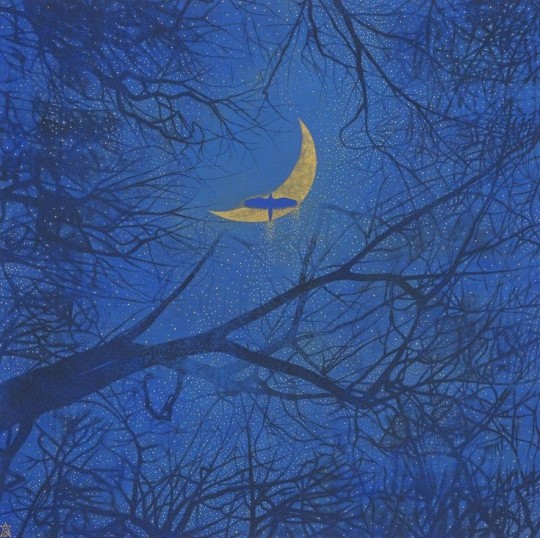#Asian birds
Text
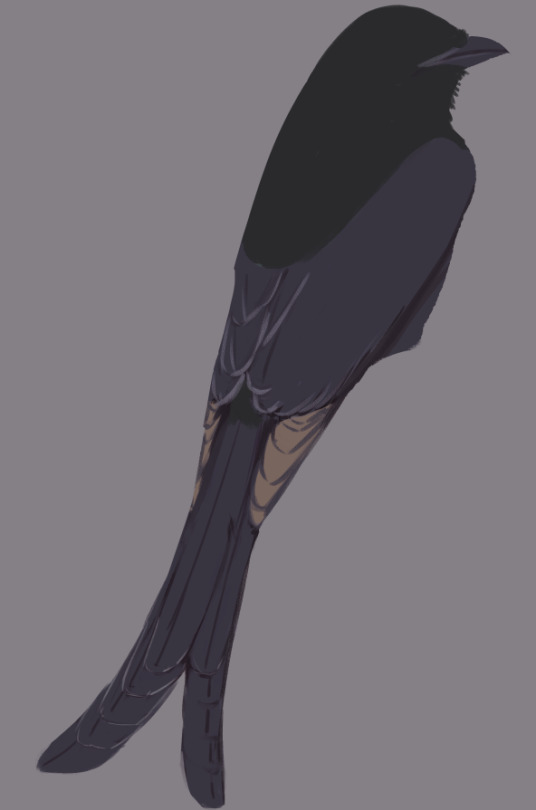


I heard you all like works in progress?
Again, I won't be able to post the finished pieces of this project for probably another year, but these little glimpses into the stages for some of the birds might help tide you over. This is, or will be, a Black Drongo - I'd say it's around 50% complete at this point.
#birdblr#drongo#birds#birb#black drongo#tropical birds#asian birds#ornithology#artists on tumblr#work in progress
564 notes
·
View notes
Text
Eurasian Jay (Garrulus glandarius)
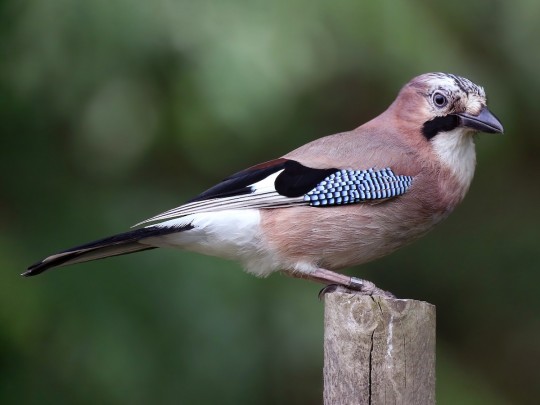
"They're super pretty and hop around very adorably"
"I fear they may be too common to make it, but I love them! They're the only larger colourful bird i usually get to see here, so when I do it always makes me happy. Cool fact I just learned: they (like other jays) bury acorns in the ground to retrieve them later, but they don't actually dig all of them up again and so they have played an important role in the spreading of oak trees."
Every time I research a new bird with a large range map I'm blown away by the amount of subspecies I find. 33! 33 for Eurasian Jay! Split into 8 different groupings- thats So Many! I cant find a good map to show the split amongst them but I'll drop as many pics of their differences as I can find below. They're mostly different in face plumage.






Despite still all being labeled under Eurasian Jay on eBird, the species has been split into three separate species as of 2017. "The International Union for Conservation of Nature (IUCN) and Birdlife International split the Eurasian jay into three species. The subspecies G. g. leucotis becomes the white-face jay (Garrulus leucotis) and the bispecularis group containing six subspecies becomes the plain-crowned jay (Garrulus bispecularis)."
Eurasian Jay were responsible for planting most European oak trees before humans began doing so, as they transport and cache hundreds of acorns on a yearly basis. Some jays have been reported to fly up to 20km to cache!
Sources:
Image Source: eBird (Eurasian [header] - John Higgins); all subspecies pics can also be found on the eBird page for this species as the main display images. Photographers are listed in Alt ID.
#in memoriam (joke)#Garrulus glandarius#eurasian jay#eurasian birds#european birds#asian birds#white faced jay#plain crowned jay
22 notes
·
View notes
Text
This is the Iberian Magpie (Cyanopica cooki)*, also duped as the Azure-blue winged Magpie. it is only really found nesting in central Spain or northern Portugal (in Europe). but also can be found in many areas of east and central Asia, such as Korea.
* The asian variant of the Azure winged magpie has a different scientific name, 'Cyanopica cyanus'
* In Portugal, the bird can also be called 'Pega-Azul', but was corrected to 'Charneco',

You cannot tell from a distance, or even up close if this Magpie is male or female, and would require a specialist.
This species, much like other Magpie species, is not able to be mistaken due to its uncommon feather coloring and patterns.
#birds of prey#birdblr#birds#magpie#autism#special interest#spainish birds#asian birds#portugese birds#spain#portugal#korea#asia
8 notes
·
View notes
Text
Oriental Magpie Robin from my balcony
Also in the blog now:
Small Batch BrowniesBlack and White birds from my balconyRose Ringed Parakeets from my balconyBreakfast plate dosai waffles sundal
Check out my Instagram profile and highlights for more pics and recipes – @Fhareena #parveenskitchen #foodblogger

View On WordPress
#Asian birds#avian#backyard biodiversity#Backyard Birding#balcony#beautiful birds#bird#Bird Behavior#bird conservation#bird diversity#bird enthusiasts#Bird Identification#bird lovers#bird photography#Bird Species#bird watching from home#birding hobby#birds#Birdwatching#capturing wildlife#city birds#city dwellers#colorful birds#feathered friends#garden visitors#magpie robin#nature#nature in the city#observing nature#oriental magpie Robin
3 notes
·
View notes
Photo

Green Peafowl
4 notes
·
View notes
Text
4 sheets Traditional Chinese flower birds sticker
#asian birds#bird art#flower art#oriental birds#oriental art#bird sticker#rose art#chinese painting#scenery#bird lover
0 notes
Text


Magpie is trying to connect with the moon.

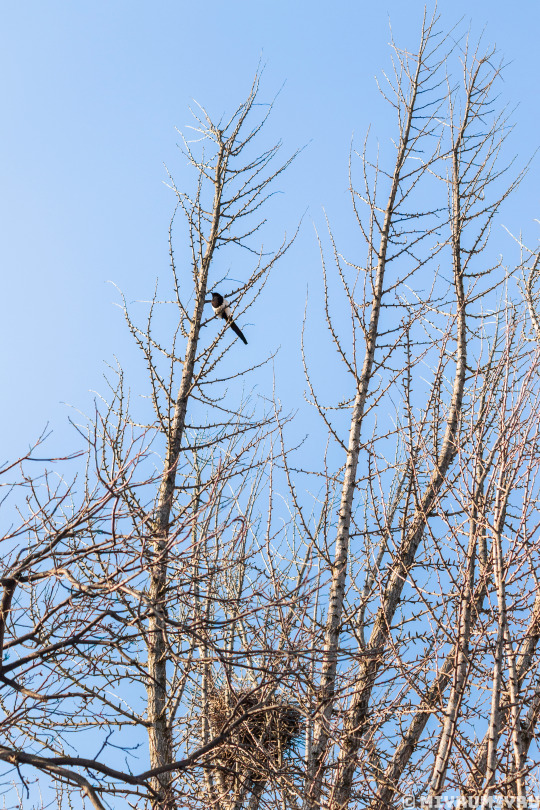
The solitude keeper U_U
Oriental magpie (Pica serica)
#original photographers#photographers on tumblr#my photography#lensblr#magpie#bird#birds#birb#birbs#photography#photographer#oriental magpie#asian magpie#magpies#Pica serica#wildlife#animal photography#naturephotography#birdphotography#wildlife photography#bird photography#solitude#noai#no ai#no to generative ai
2K notes
·
View notes
Photo
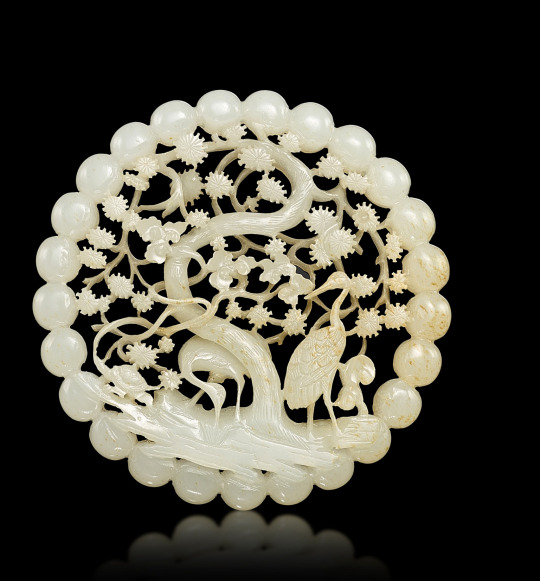
A reticulated white jade 'pine and crane' plaque, Qing dynasty, 18th century.
5K notes
·
View notes
Photo
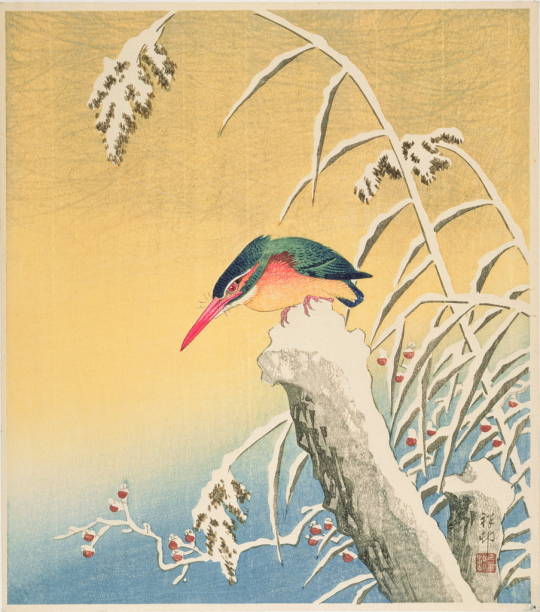
Kingfisher in the Snow, 1935 (colour woodblock print) by Ohara Koson (1935, colour woodblock print)
#art#artwork#kunst#kunstwerk#ohara koson#asian art#asiatische kunst#kingfisher#bird#vogel#eisvogel#snow#schnee#snowy#tree#baum#landscape#landschaft#art print#kunstdruck
1K notes
·
View notes
Text

I don't typically share works-in-progress here, I tend to only post finished artwork on tumblr. Would you guys be interested in seeing my art in its early stages? The project I'm working on right now isn't likely to be ready for release until early next year, but do you like seeing previews? Let me know!
Featuring: this Orange-cheeked Waxbill I started yesterday.
#birdblr#waxbill#songbird#wildlife#finches#estrildid#asian birds#scientific illustration#ornithology#artists on tumblr#work in progress
246 notes
·
View notes
Text

'The Surrender' releases as a print tomorrow, Thursday Nov 23rd, 12PM (PT) on my store!
This piece was from my solo exhibition a few years back titled, ’Sanctuary’. The theme of the show was centred around states of mental rest and respite. This piece was about envisioning the waves of thoughts that run through your mind: sometimes gentle, but sometimes crashing swells that leave you with no room to breathe or gasp for air. But in knowing that the waves are cyclical and eventually ease, she finds herself surrendering to the motions and trusting that it will be okay.
NOTE: This gold-foil edition of this print will only be available for 72-hours & will not be available again thereafter.
#brbchasingdreams
#brbchasingdreams#art print#artist#prints#artists on tumblr#watercolor#art style#mixed media#gouache#gold leaf#sparrow#bird#red thread of fate#fable#legends#asian mythology#asian art#traditional art#illustration#drawing#painting#artstyle#manga#anime#waves#koi fish#tattoo
1K notes
·
View notes
Text
White Wagtail (Motacilla alba)
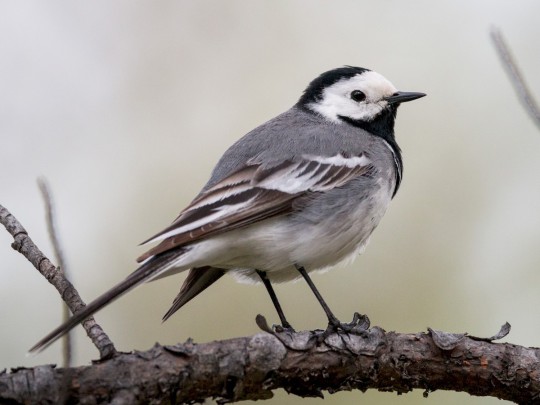

"nice bird, which has cool looking subspecies and all are a bit different - I really like this bird bc of the walk and I always see them near the lake (easy to identify)"
"I love observing them. They are constantly wagging their tails and have this weird flight pattern. Plus, they're beautiful!"
Wow you werent kidding, this bird has a ton of subspecies! Between 9 and 11, from what wikipedia says! (The map works a bit better on the actual wiki page.)
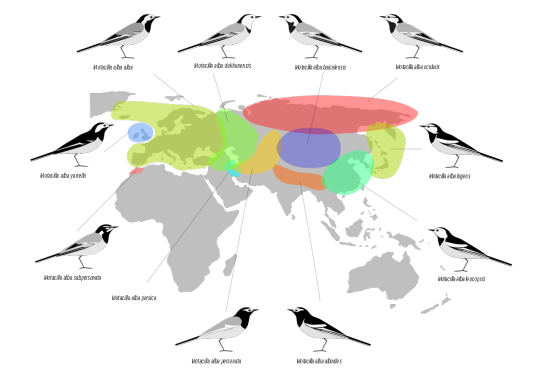
This is likely due to a mix of factors, such as isolation within breeding populations, as well as some subspecies being migratory while others are non-migratory, and if ciurse the fact they're spread all across the Eurasian continent.
These birds are known and named for their walking pattern, which involves them running around while their tail pumps up and down, sometimes just a bit and other times a full tail-wag.
Sources:
Image Sources: eBird (white-faced - Ian Davies), (masked - David Irving); subspecies map from the wikipedia page
20 notes
·
View notes
Text

Imao Keinen
Crow and Cherry Blossoms
ca. 1930s
#Imao Keinen#japanese prints#japanese artist#japanese art#woodcut#woodblock print#crow#birds#bird art#beautiful birds#animals in art#wildlife#wild birds#asian art#animal art#vintage animals#art history#aesthetictumblr#tumblraesthetic#tumblrpic#tumblrpictures#tumblr art#aesthetic#beauty
402 notes
·
View notes
Text

Crow and Willow Tree, Kawanabe Kyosai, 1887
#art#art history#Asian art#Japan#Japanese art#East Asia#East Asian art#Kawanabe Kyosai#birds-and-flowers#animals in art#bird#birds#crow#crows#Meiji period#Meiji era#19th century art#Metropolitan Museum of Art#album leaf#ink and color on silk
6K notes
·
View notes
Text

Lucia Hartini (Indonesian, b. 1959), "White Peacock", 2017
#Lucia Hartini#art#painting#surrealism#surrealist art#oil on canvas#oil painting#indonesian art#asian art#modern art#contemporary art#21th century art#animals in art#animal painting#peacock#peacock painting#bird#birds#bird painting#birds in art#surreal
904 notes
·
View notes
